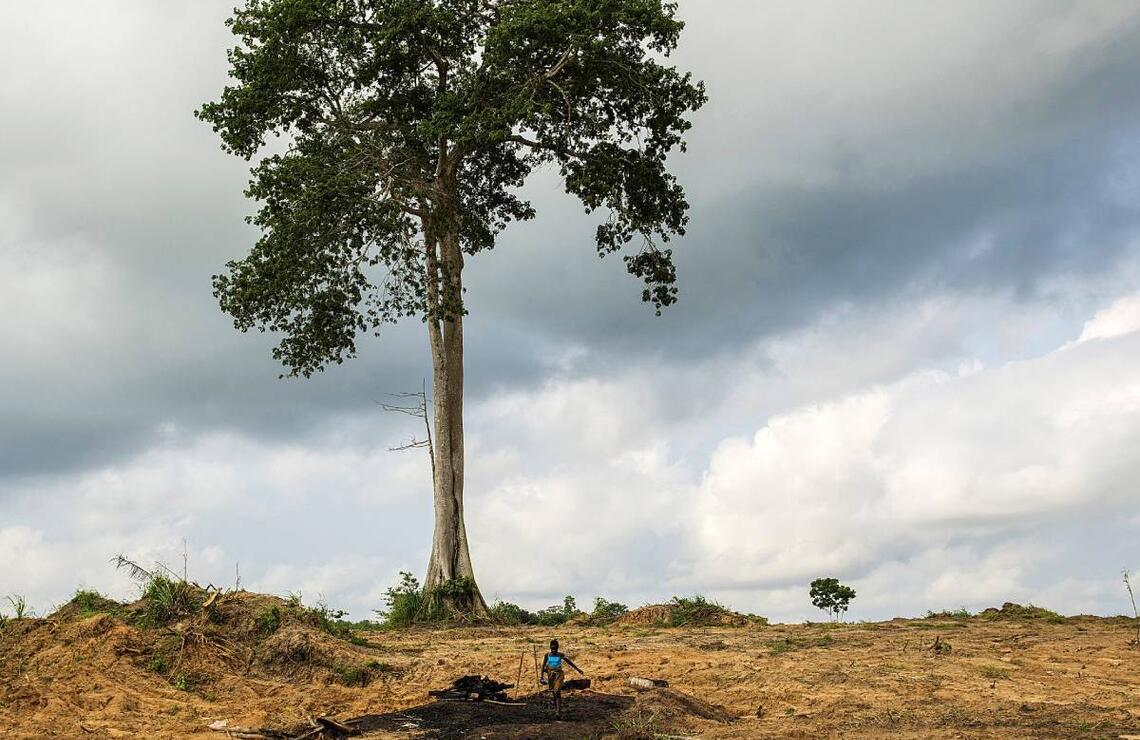
Investing in adaptation
The country is on the front line of climate change. Seasonal shifts, flooding, drought... Adaptation is essential, and fast. Côte d'Ivoire is also facing alarming deforestation: from 16 million hectares in 1960, forest cover has been reduced to less than 3 million hectares today. This has a multiplier effect on climate change: forests are rain machines, and their disappearance exacerbates water stress. Reversing this trend is therefore vital for preserving not only biodiversity but also Côte d'Ivoire's tremendous agricultural heritage. Cocoa, of which Côte d'Ivoire is the world's leading producer, is under threat. High temperatures cause the leaves to fall from the cocoa trees, exposing the pods to excessive sunlight. The country has embarked on a long-term fight. At COP 15 on desertification, held in Abidjan in May 2022, Côte d'Ivoire committed, through the Abidjan Initiative programme, to increase forest cover to at least 20% of the national territory by 2030, representing an increase of 3 million hectares, while maintaining existing cover intact. It also aims to reduce CO2 emissions from agriculture through agroforestry. With a lagoon network stretching over 600 km and an average annual sunshine of 1,800 to 2,400 hours, the country has huge potential to accelerate its ecological transition. An ambitious solar energy programme is in place.
The goal is to increase the share of renewable energy to 42% of the energy mix by 2035.